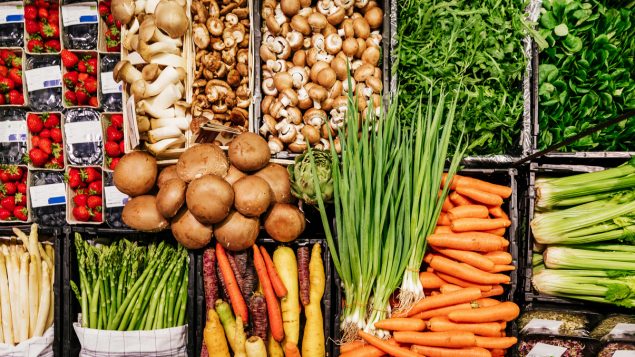Food prices in Canada are expected to increase by three to five per cent in 2021, according to an annual report from Dalhousie and other Canadian universities. For the same year, salaries for non-unionized employees are only expected to go up only 2.1 per cent. The Conference Board of Canada think tank says pay increases in Canada have been among the lowest of the past 25 years and the trend is expected to continue, at least for those who still have jobs.
Three million jobs were lost at the beginning of the pandemic. There have been steady gains in employment to the point that in September 2020 there were 720,000 fewer jobs than in February, before the pandemic started.
While Canada is considered to be a wealthy country, Food Banks Canada says that even before the pandemic, over 840,000 Canadians sought help from a food bank every month. The numbers have gone up dramatically since the onset of COVID-19 infections spread across the country.
This report says food prices in 2021 are expected to be affected by the continued impact of COVID-19, impacts of climate change, growth in e-commerce and online services, a continued loss of the food manufacturing section, the national ban on some single-use plastics, the impact of the U.S. election on food policy and the Canadian dollar.
The biggest price increase will be for meat and vegetables at 4.5 to 6.5 per cent and bakery good at 3.5 to 5.5 per cent.

The highest price increases are expected to be for vegetables and meat. (iStock)
Many families ‘will be left behind’
“Families with less means will be significantly challenged in 2021, and many will be left behind,” says Dr. Sylvain Charlebois, project lead and Director of the Agri-Food Analytics Lab at Dalhousie University. “Immunity to higher food prices requires more cooking, more discipline and more research. It’s as simple as that.”
Last year, the report predicted the average Canadian family (consisting of a two parents, two children) would spend up to $12,667 on food in 2020. The inflation rate to date suggests the number will be closer to $12,508, in large part because people ate at restaurants less often, many of them being shuttered due to pandemic restrictions.
Next year, that figure could be $13,907 which would mean an increase of up to $695 or five per cent.







For reasons beyond our control, and for an undetermined period of time, our comment section is now closed. However, our social networks remain open to your contributions.